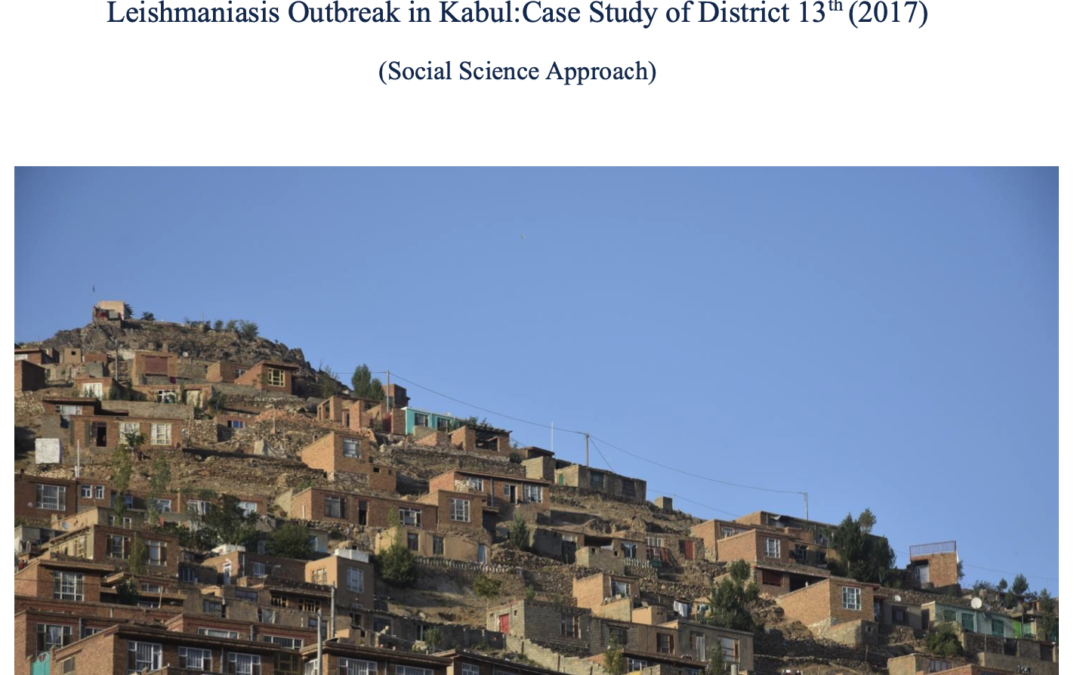Leishmaniasis is epidemiologically diverse disease caused by haemoflagellate protozoan parasites of the genus Leishmania (family Trypanosomatidae) transmitted by the bite of the female Phlebotomus sandflies. This diseases is prevalent where sandfly vectors and mammalian reservoirs exist in sufficient numbers to permit frequent transmission. Leishmaniasis is caused by infection with Leishmaniasis parasites, which are spread by the bite of phlebotomine sand flies.
There are several different forms of leishmaniasis in people. The most common forms are cutaneous leishmaniasis, which causes skin sores, and visceral leishmaniasis, which affects several internal organs (usually spleen, liver, and bone marrow). Cutaneous leishmaniasis usually produces ulcers on the exposed parts of the body, such as the face, arms and legs. There may be a large number of lesions – sometimes up to 200 – which can cause serious disability. When the ulcers heal, they invariably leave permanent scars, which often result in serious social prejudice.

